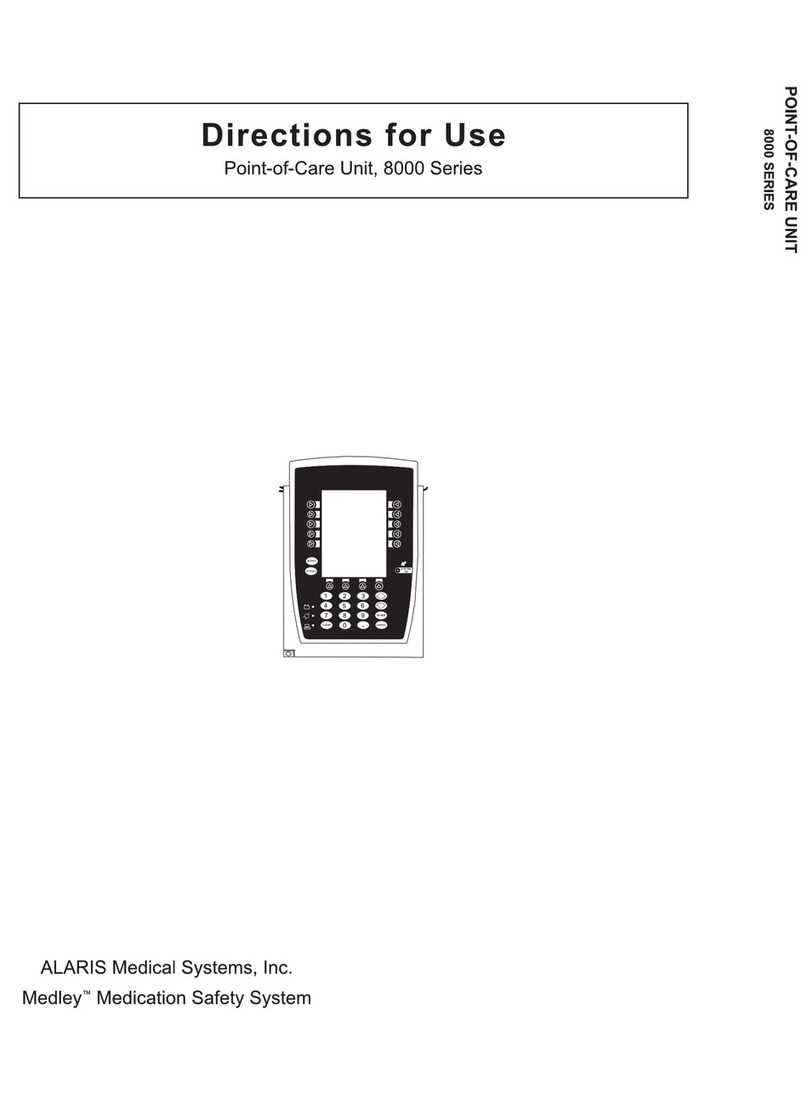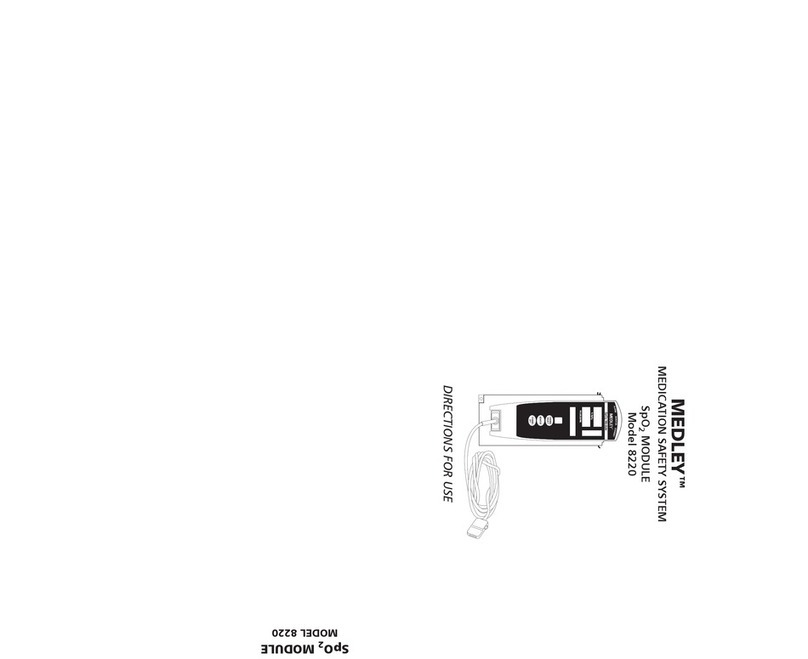Alaris Medical Systems Signature IVAC 710 Series Operating manual
Other Alaris Medical Systems Medical Equipment manuals
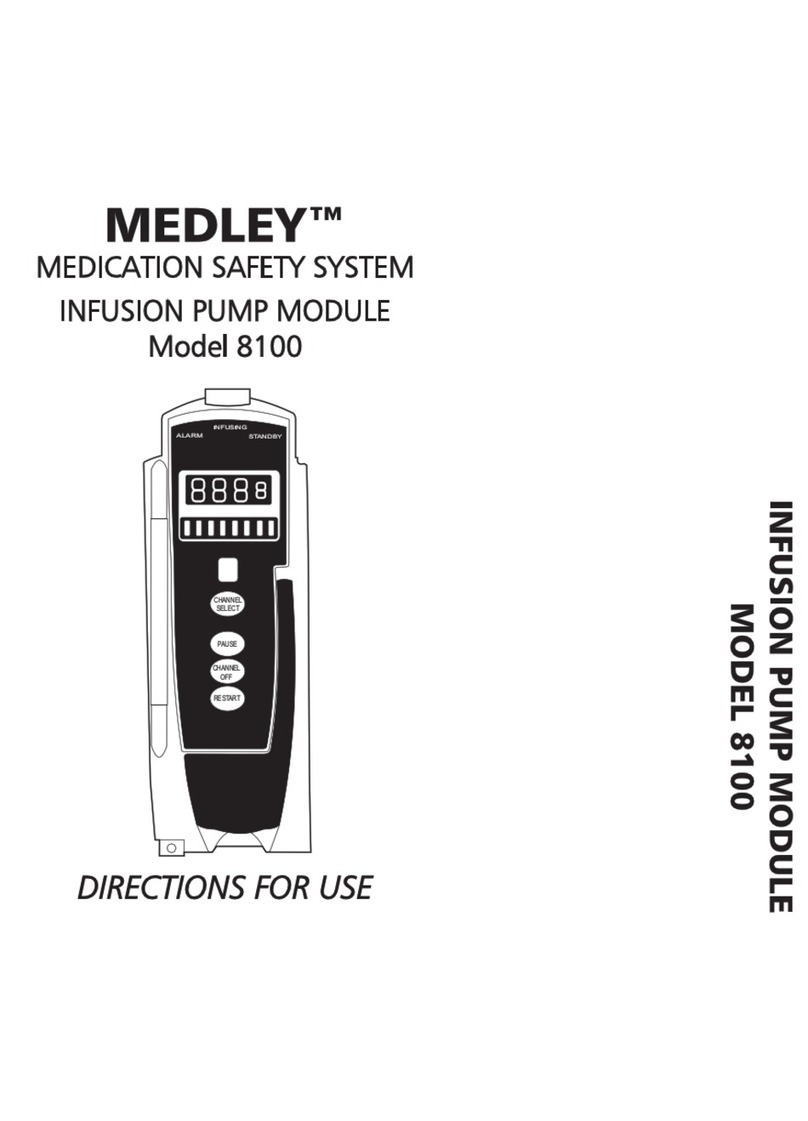
Alaris Medical Systems
Alaris Medical Systems Medley 8100 User manual
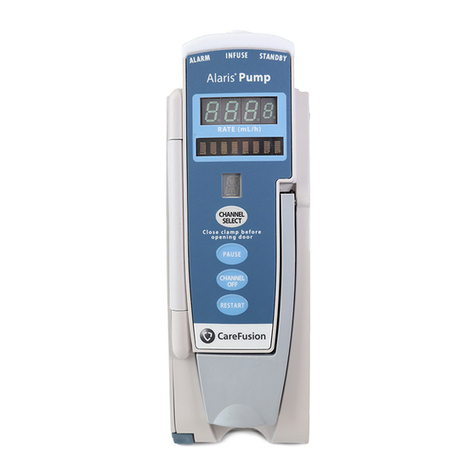
Alaris Medical Systems
Alaris Medical Systems 8100 Series User manual
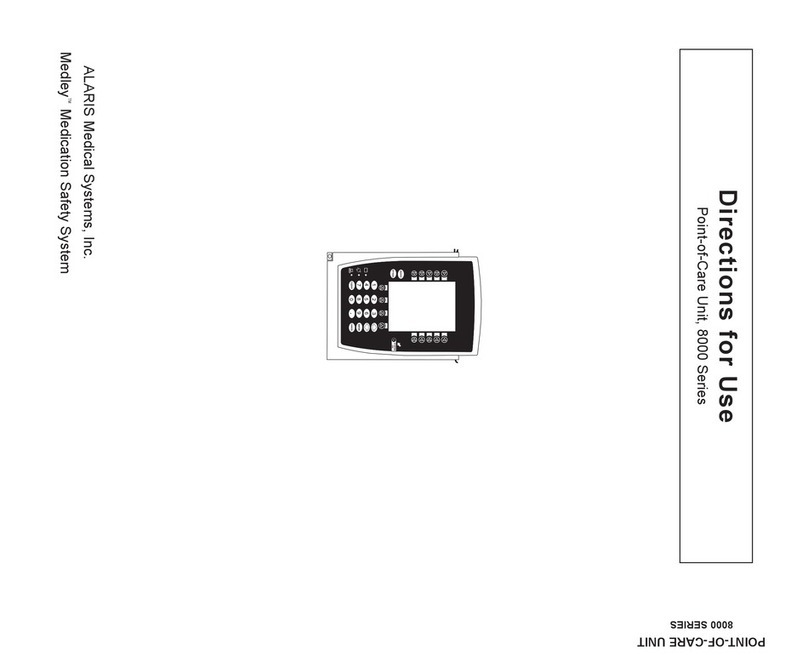
Alaris Medical Systems
Alaris Medical Systems Medley 8000 Series Manual

Alaris Medical Systems
Alaris Medical Systems Medley 8100 User manual
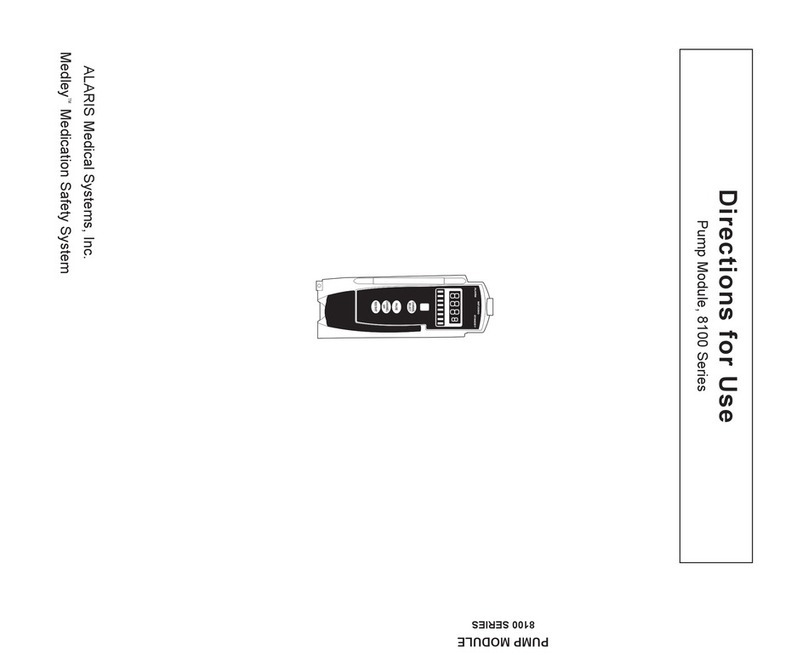
Alaris Medical Systems
Alaris Medical Systems Medley 8100 Series Manual

Alaris Medical Systems
Alaris Medical Systems MedSystem III 2865 Manual

Alaris Medical Systems
Alaris Medical Systems Medley 8000 Series Manual
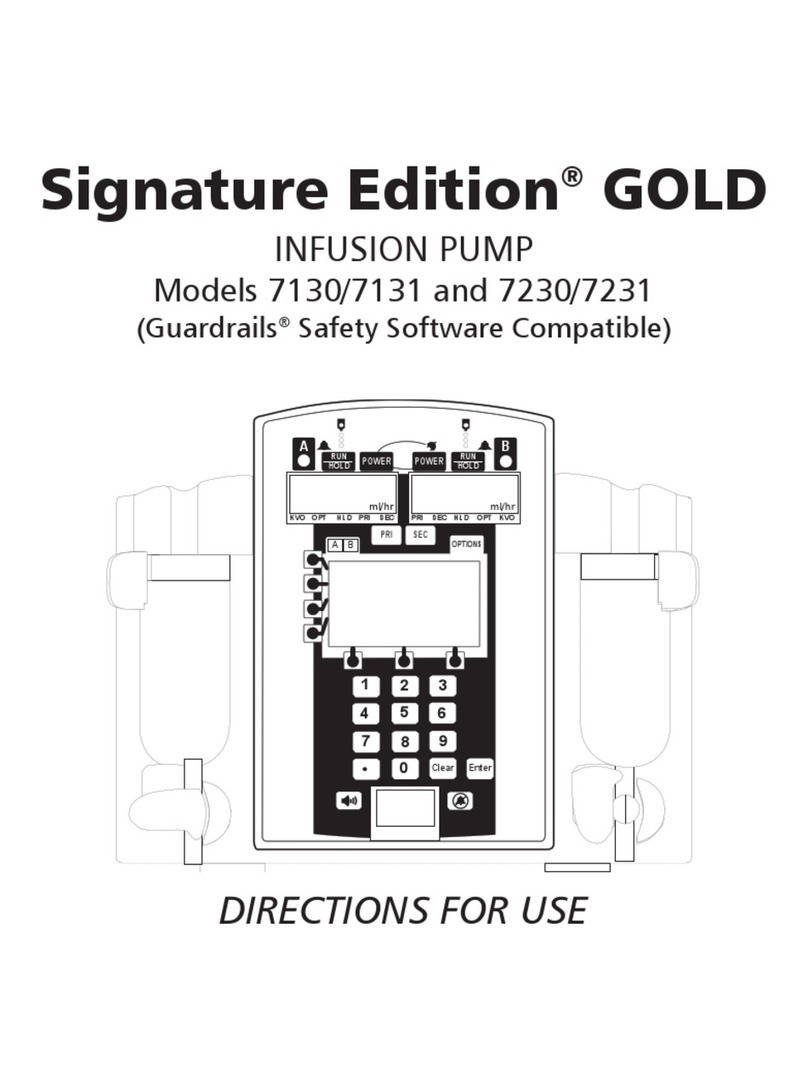
Alaris Medical Systems
Alaris Medical Systems Signature Edition GOLD Manual
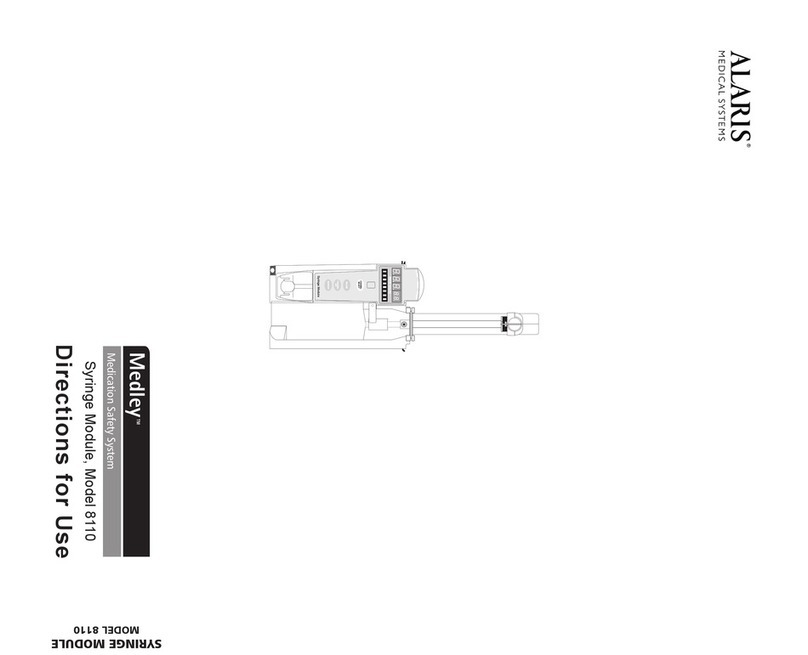
Alaris Medical Systems
Alaris Medical Systems Medley 8110 Manual
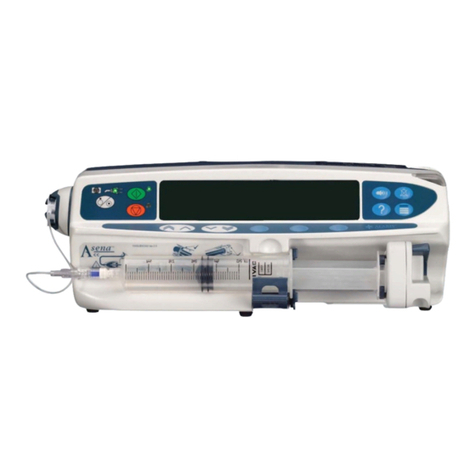
Alaris Medical Systems
Alaris Medical Systems Asena CC Manual
Popular Medical Equipment manuals by other brands

Getinge
Getinge Arjohuntleigh Nimbus 3 Professional Instructions for use

Mettler Electronics
Mettler Electronics Sonicator 730 Maintenance manual

Pressalit Care
Pressalit Care R1100 Mounting instruction

Denas MS
Denas MS DENAS-T operating manual

bort medical
bort medical ActiveColor quick guide

AccuVein
AccuVein AV400 user manual

